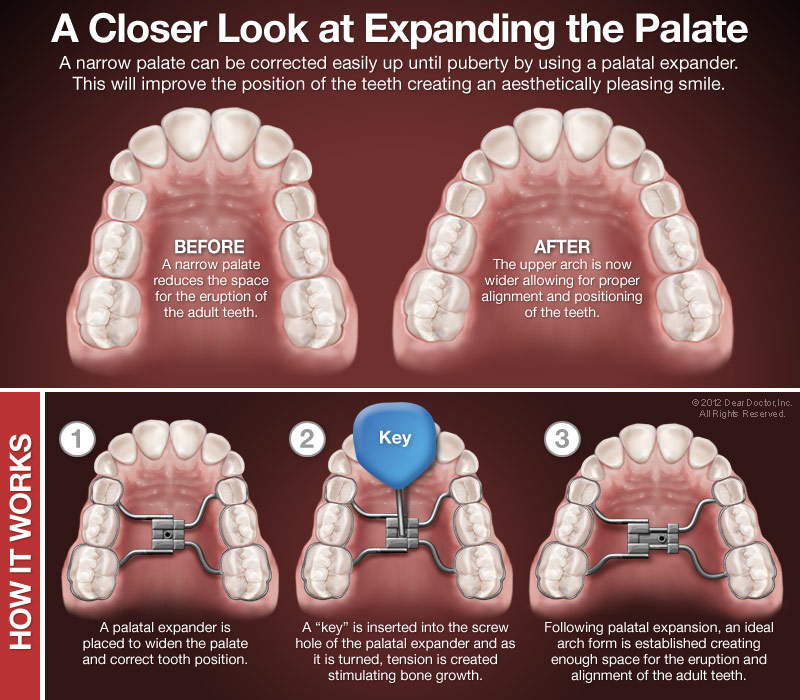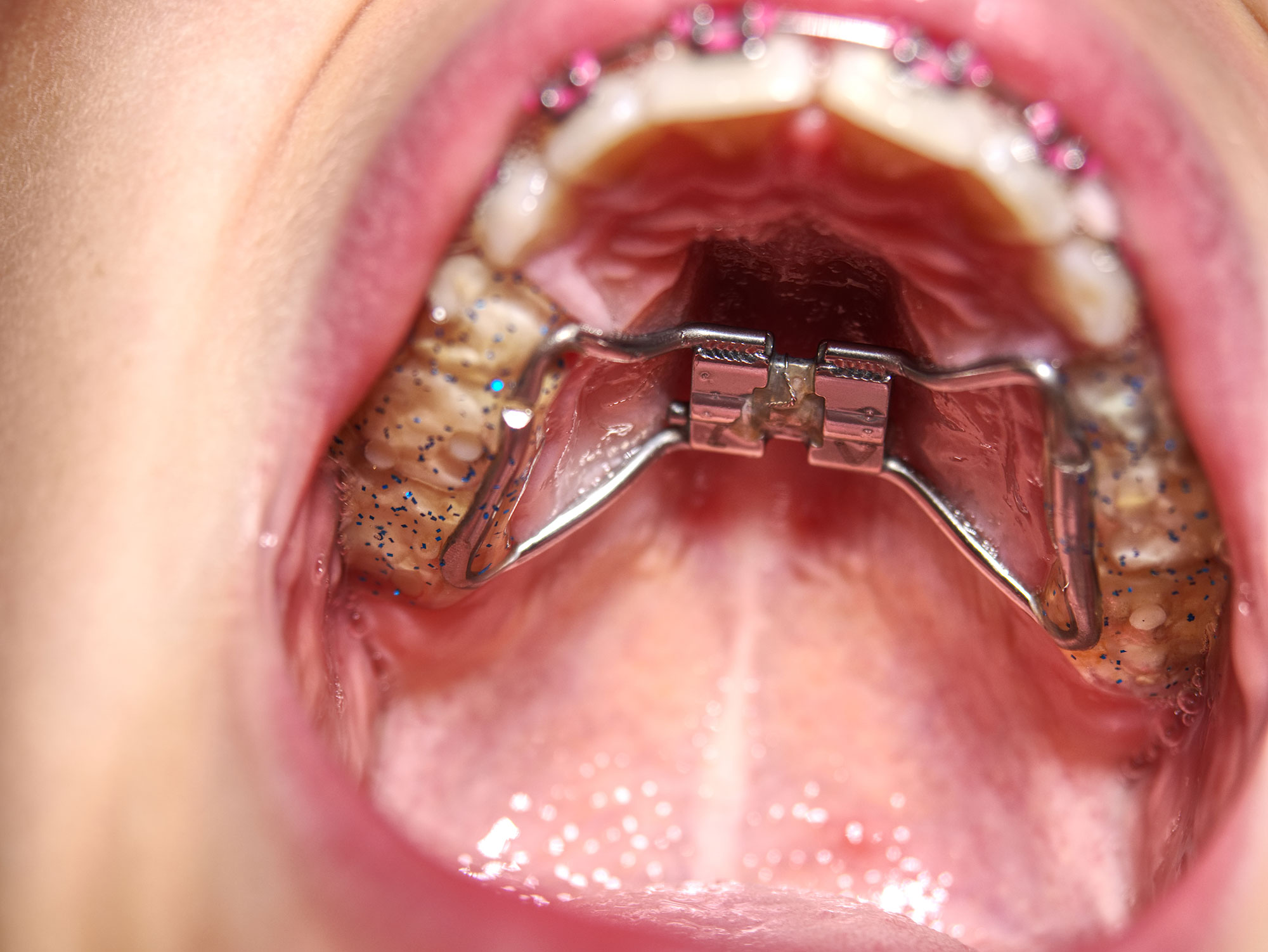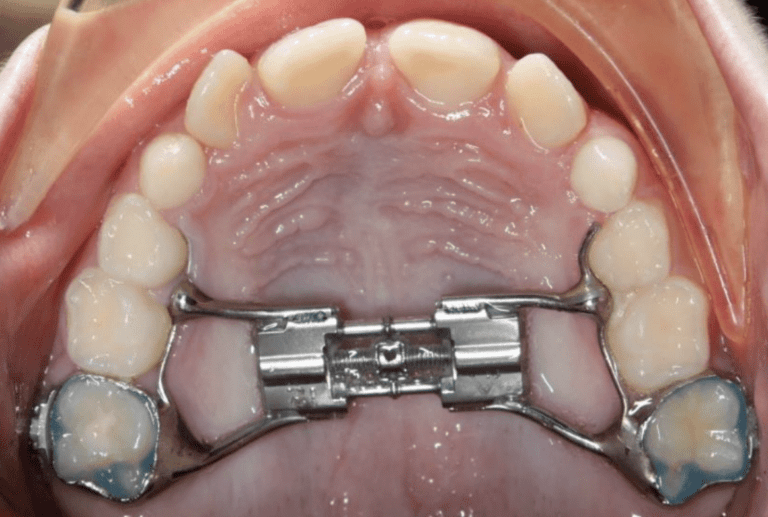Expanders for braces are orthodontic devices that are commonly used to correct certain dental issues. They are designed to widen the upper jaw and create more space for crowded teeth. Expanders can be an effective solution for individuals who have narrow jaws or overcrowded teeth.
When braces alone cannot address the problem of overcrowding, an orthodontist may recommend the use of an expander. This device is typically placed in the roof of the mouth and is adjusted regularly to gradually widen the jaw. By applying gentle pressure, expanders stimulate bone growth and allow the teeth to move into their proper positions.
There are different types of expanders available, including removable and fixed options. Removable expanders can be taken out for cleaning and eating, while fixed expanders are cemented in place and cannot be removed by the patient. The type of expander recommended will depend on the individual’s specific needs and the orthodontist’s professional judgment.
What Are Expanders for Braces and How Do They Work?
Expanders work by applying gentle pressure to the upper jaw, gradually widening it over time. They consist of a metal framework that is custom-made to fit the roof of the mouth and attached to the molars using bands or wires. Some expanders also have a screw mechanism that can be adjusted by the orthodontist to control the amount of expansion.
Expanders are typically worn for several months, during which the orthodontist will monitor the progress and make adjustments as needed. Once the desired expansion is achieved, the expander is usually left in place for a few more months to allow the bones and tissues to stabilize. After that, the patient may be fitted with braces or other orthodontic appliances to further align the teeth.
Expanders for braces are orthodontic devices that are used to widen the upper jaw and create more space for teeth. They are commonly used in orthodontic treatment to correct issues such as overcrowding, crossbites, and narrow arches.
The purpose of expanders is to gradually and painlessly widen the upper jaw by applying gentle pressure to the palatal bones. This allows the upper jaw to expand and create more room for the teeth to align properly. Expanders can also help to improve breathing and speech issues that may be caused by a narrow palate.
How do Expanders for Braces Work?
Expanders for braces work by using a screw-like mechanism that is attached to the upper molars. The expander is activated by turning a key, which gradually widens the device and applies pressure to the palatal bones. This pressure stimulates the bones to grow and move apart, creating more space in the upper jaw.
Benefits of Expanders for Braces
Expanders for braces offer several benefits in orthodontic treatment:
- Correcting Crowding: Expanders can help create more space for crowded teeth to align properly.
- Improving Bite: Expanders can correct crossbites, where the upper teeth bite inside the lower teeth.
- Enhancing Facial Appearance: By widening the upper jaw, expanders can improve the overall facial symmetry and appearance.
- Improving Breathing and Speech: Expanders can help alleviate breathing and speech issues caused by a narrow palate.
- Reducing the Need for Extractions: By creating more space, expanders can often eliminate the need for tooth extractions.
Types of Expanders for Braces and Their Benefits
1. Rapid Palatal Expander (RPE)
2. Haas Expander
The Haas expander is a popular choice for patients who require significant expansion of the upper jaw. It is a fixed expander that is attached to the molars and can be adjusted by the orthodontist. The Haas expander is known for its effectiveness in creating space for crowded teeth and improving the bite.
3. Hyrax Expander
The Hyrax expander is another commonly used appliance for expanding the upper jaw. It is a fixed expander that is cemented to the molars and can be adjusted by the orthodontist. The Hyrax expander is known for its ability to correct crossbites, create space for crowded teeth, and improve the overall alignment of the upper teeth.
4. Quad Helix Expander
The Quad Helix expander is a versatile appliance that can be used to correct a variety of dental issues. It is a fixed expander that is attached to the molars and can be adjusted by the orthodontist. The Quad Helix expander is known for its ability to correct crossbites, create space for crowded teeth, and improve the overall alignment of the teeth.
Overall, expanders for braces are an effective tool in orthodontic treatment. They can help correct various dental issues, create space for crowded teeth, and improve the overall alignment of the teeth. If you are considering orthodontic treatment, consult with your orthodontist to determine which type of expander is best for your specific needs.
What to Expect When Using Expanders for Braces
Initial Discomfort
Speech Changes

As your mouth adjusts to the expander, you may notice changes in your speech. It may take some time to get used to speaking with the appliance in your mouth, and you may have a slight lisp or difficulty pronouncing certain sounds. This is temporary and will improve as your mouth adapts to the expander.
Tip: Practice speaking and reading out loud to help your mouth adjust to the expander more quickly.
Food Restrictions

Tightening and Adjustments
Duration of Treatment

The length of time you will need to wear an expander depends on your specific orthodontic needs. Typically, the treatment duration can range from a few months to a year. Your orthodontist will provide you with a timeline for your treatment and will monitor your progress throughout the process.
Overall, using expanders for braces can be an effective way to create more space in the mouth and achieve proper alignment of the teeth. By knowing what to expect during the treatment process, you can better prepare yourself for any discomfort or changes that may occur. Remember to follow your orthodontist’s instructions and attend all scheduled appointments for optimal results.

Dr. Fidel Cann: Esteemed orthodontist with a lifelong dedication to enhancing smiles and oral health. Pioneering expertise, compassionate care.





